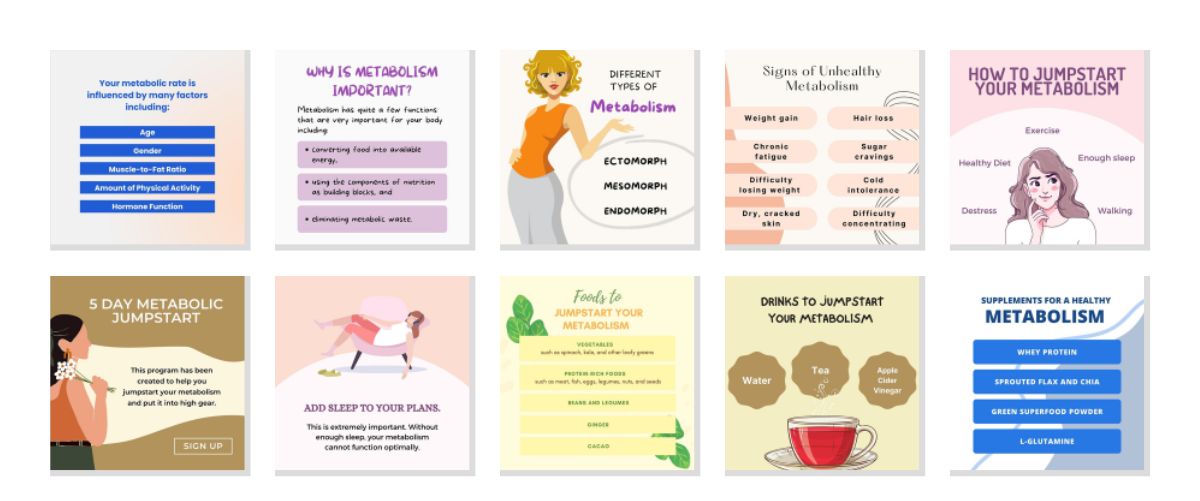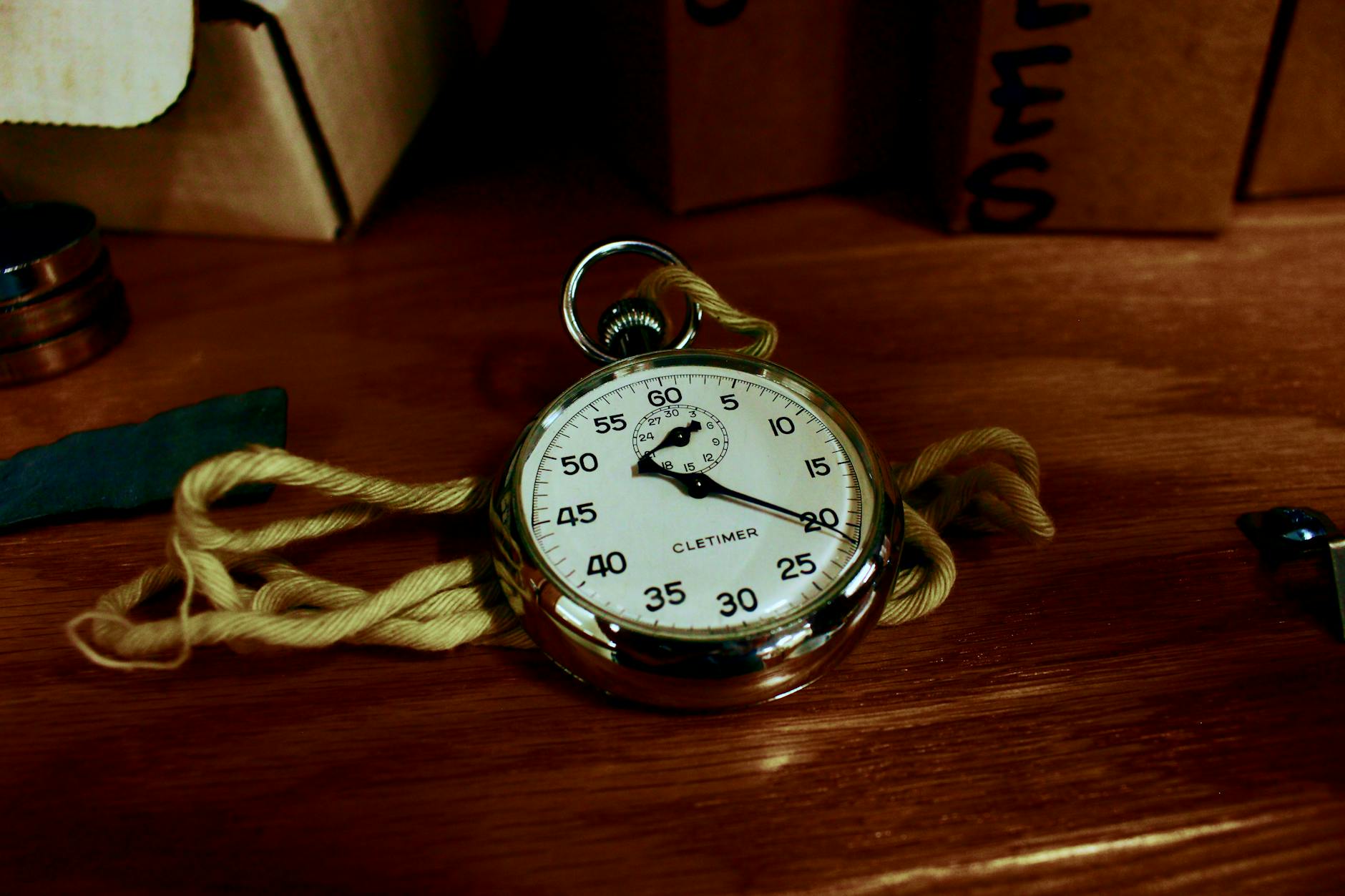Discover the 5 essential steps to kickstart your fitness journey and achieve long-lasting results starting today. Don’t miss out!
Table of Contents
Getting Started with Fitness
Embarking on a fitness journey is like starting a personal adventure to become healthier and stronger. It involves making small changes in your daily routine to develop healthy habits that benefit both your body and mind. Living an active lifestyle is not just about the workouts; it’s about embracing a new way of living that prioritizes your well-being.
What is a Fitness Journey?
A fitness journey is the path you take to improve your physical fitness and overall health. It’s about setting goals, making positive changes to your lifestyle, and staying committed to achieving a healthier you. Your fitness journey is unique to you, as it is a personal experience that can lead to lasting benefits.
Why an Active Lifestyle Matters
Being active is crucial for maintaining a healthy body and mind. Regular physical activity can help boost your mood, increase your energy levels, and improve your overall well-being. By incorporating active habits into your daily life, you can reduce the risk of chronic diseases and enhance the quality of your life.
Set Your Fitness Goals
Before embarking on your fitness journey, it’s essential to establish clear and achievable goals. Setting specific objectives can help you stay motivated and focused on your path to a healthier lifestyle. Whether your goal is weight loss, building muscle, increasing endurance, or improving overall health, defining your target is the first step towards success.
Making SMART Goals
When setting your fitness goals, it’s helpful to follow the SMART criteria. This acronym stands for Specific, Measurable, Achievable, Relevant, and Time-bound. Let’s break down what each of these elements means:
Specific: Your goal should be clear and well-defined. Instead of saying, “I want to get fit,” you could specify, “I want to lose 10 pounds.”
Measurable: It’s crucial to have a way to track your progress. You could measure your success by the number of pounds lost, the distance run, or the number of push-ups completed.
Achievable: Your goal should be realistic and attainable. While aiming high is great, setting an unattainable goal can lead to frustration and disappointment.
Relevant: Your goal should align with your values and long-term objectives. It should be something that matters to you and contributes to your overall well-being.
Time-bound: Set a deadline for achieving your goal. This creates a sense of urgency and helps you stay on track. For example, “I will lose 10 pounds in three months.”
By making SMART goals, you give yourself a roadmap to success and can track your progress along the way. Remember to be kind to yourself and celebrate your achievements, no matter how small they may seem. With clear goals in place, you’re ready to take the next step on your fitness journey.
Find Fun Activities
When it comes to staying active and working out, it’s essential to find activities that you genuinely enjoy. By choosing activities that bring you joy, you are more likely to stick to your workout plans and develop a consistent routine. Whether it’s dancing, playing sports, hiking, or even jumping rope, the key is to pick something that makes you happy and keeps you active.

Image courtesy of yourhealthcoachbiz.com via Google Images
Think about what you love to do in your free time. Do you like to move and groove to music? Maybe dance workouts like Zumba or hip hop classes would be perfect for you. Are you competitive and enjoy team sports? Consider joining a soccer team or playing basketball with friends. If you prefer spending time outdoors, activities like biking or hiking could be a great fit for you. The options are endless, so don’t be afraid to try different activities until you find what you truly enjoy.
Remember, the goal is to have fun while being active. When you look forward to your workouts because you enjoy the activities, staying healthy and fit becomes much more effortless and exciting.
Step 3: Create a Routine
Now that you’ve found activities you enjoy, it’s time to create a workout routine. Having a set schedule for your workouts can help you stay consistent and form healthy habits.
First, think about what time of day works best for you to exercise. Whether it’s in the morning before school or in the evening after homework, choose a time that you can stick to every day.
Next, decide how many days a week you want to work out. It’s important to give your body time to rest, so aim for at least 3-4 days of exercise per week.
Once you have your schedule set, mark it on a calendar or set reminders on your phone to help you remember. Treat your workout time like any other appointment that you can’t miss!
Remember, creating a routine takes time, so be patient with yourself as you adjust to your new schedule. Consistency is key to forming healthy habits that will last a lifetime.
Step 4: Eat Well
When it comes to your fitness journey, what you eat plays a crucial role in achieving your goals, especially if weight loss is one of them. It’s essential to understand that good nutrition provides your body with the fuel it needs to stay healthy and strong.

Image courtesy of robemart.com via Google Images
Healthy eating involves consuming a variety of foods that give you the right balance of nutrients, such as vitamins, minerals, carbohydrates, protein, and fats. These nutrients help your body function properly, support your workouts, and can aid in weight loss efforts.
Stay Motivated
In order to continue on your fitness journey, it’s crucial to stay motivated. Here are some tips to help you keep that motivation high:
Finding Inspiration
Feeling stuck or uninspired? Look for motivation in places that resonate with you. This could be through following fitness influencers on social media, reading success stories of others who have achieved their health goals, or even watching motivational videos that get you energized. Finding sources of inspiration that speak to you personally can keep you excited about your fitness journey.
Celebrating Small Wins
It’s essential to acknowledge and celebrate the small victories along the way. Whether it’s completing a challenging workout, reaching a new personal best, or sticking to your healthy eating plan for the week, recognizing these achievements boosts your confidence and encourages you to keep going. Remember, progress is progress, no matter how small, and each step forward is a reason to celebrate!
Tracking Progress & Adjusting Your Plan
As you continue on your fitness journey and embrace an active lifestyle, it’s essential to monitor your progress regularly and be willing to adjust your plan when necessary. Tracking your improvements and being flexible with your routine are key components in achieving your fitness goals.
How to Monitor Your Progress
There are several simple ways to keep track of how your fitness journey is going. One effective method is to keep a workout journal where you can write down the exercises you do, the duration of your workouts, and how you feel afterward. This allows you to see your progress over time and make adjustments as needed.
Another way to monitor your progress is by taking regular measurements of your body, such as measuring your weight, waist circumference, or body fat percentage. By noting these measurements on a regular basis, you can see changes in your body composition and adjust your fitness plan accordingly.
When to Change Your Routine
It’s important to listen to your body and pay attention to how you feel during and after your workouts. If you start to feel bored or unmotivated with your current routine, it may be time to switch things up. Trying new activities or varying the intensity of your workouts can help you stay engaged and continue making progress.
In addition, if you’ve reached a plateau in your fitness journey where you’re no longer seeing improvements, it might be time to change your routine. This could involve increasing the intensity of your workouts, adding new exercises to target different muscle groups, or incorporating more rest days to allow your body to recover and adapt.
Remember, progress is not always linear, and it’s normal to encounter challenges along the way. By tracking your progress and being willing to adjust your fitness plan, you can stay motivated and continue moving closer to your goals.
Generated by Texta.ai Blog Automation

